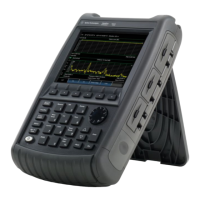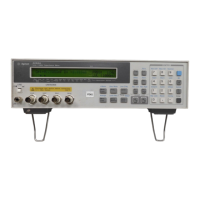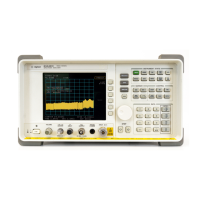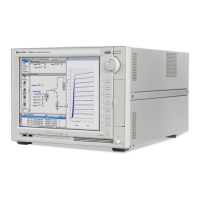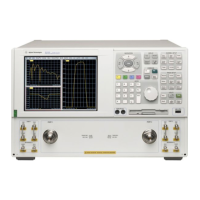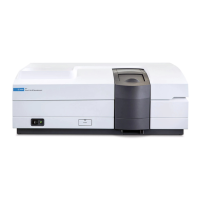DTF (Distance to Fault) Measurements 33
When the DTF frequencies are set manually, they may not be the optimum
frequencies for measuring the distance to fault. The distance may no longer be
alias-free. Learn more about alias-free range on page 37.
How to manually set Frequencies in Bandpass Mode
Press Freq/Dist
Then Min Start Freq and type the start frequency to use for the DTF
measurement.
Then Max Stop Freq and type the stop frequency to use for the DTF
measurement.
OR
Press More
Then Max Freq Span and type the frequency range to use for the DTF
measurement.
Then Center Frequency and type the center frequency of the range to use for
the DTF measurement.
These settings specify the minimum and maximum frequencies to be used for the
DTF measurement. These exact frequencies may not be used, but a narrower
frequency range may be used that will still pass through the bandpass filter.
To see the frequencies that are used in the DTF measurement, press Meas Setup
4 then Settings then Next Page. The calculated Start and Stop frequencies
determine the exact frequency range being used.
Coupled Frequency
When a Return Loss & DTF measurement is present, this setting allows you to
have different frequency ranges for each measurement. Learn more on page 22.
Cable (Correction) Specifications
By default, the FieldFox does NOT correct DTF measurements to account for the
inherent loss of a cable. However, to make more accurate DTF measurements, the
Cable Loss and Velocity Factor values should be considered.
About Velocity Factor and Cable Loss
o Velocity Factor is a property of the physical material of a cable. A VF of 1.0
corresponds to the speed of light in a vacuum, or the fastest VF possible. A
polyethylene dielectric cable has VF = 0.66 and a cable with PTFE dielectric
has VF = 0.7.
o Cable Loss is specified in dB/meter. In addition to the length of the cable,
loss is also directly proportional to the frequency of the signal that passes
through the cable.
The following is an example showing how DTF cable correction works:
The DUT is a 100 meter transmission cable. The Cable Loss value is .1
dB/meter. This means that a signal traveling ONE WAY through the cable will
lose 10 dB of power (100 m * .1dB/m). Because the FieldFox performs this
measurement with 1 port, the test signal travels down the cable and then back,
for a total loss of 20 dB.
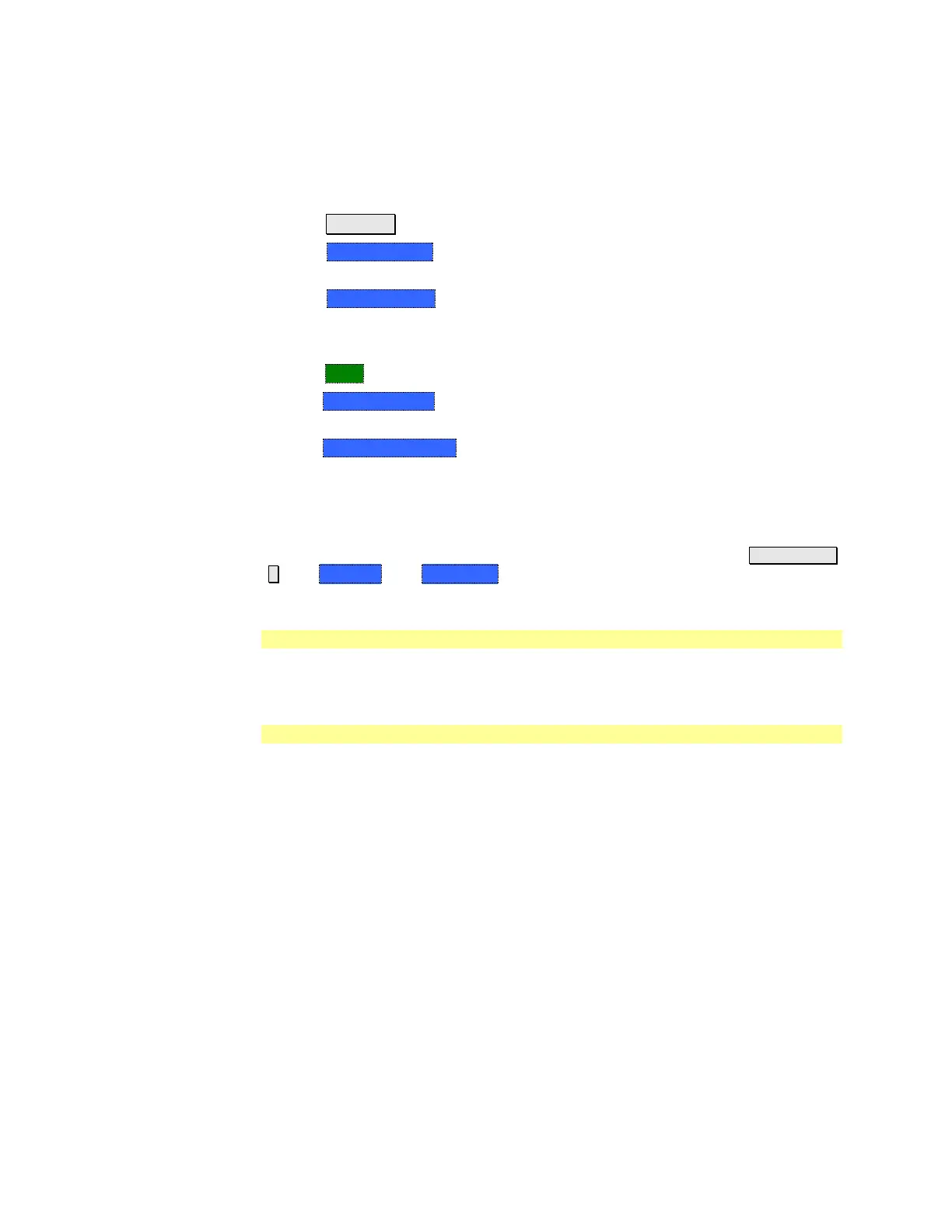